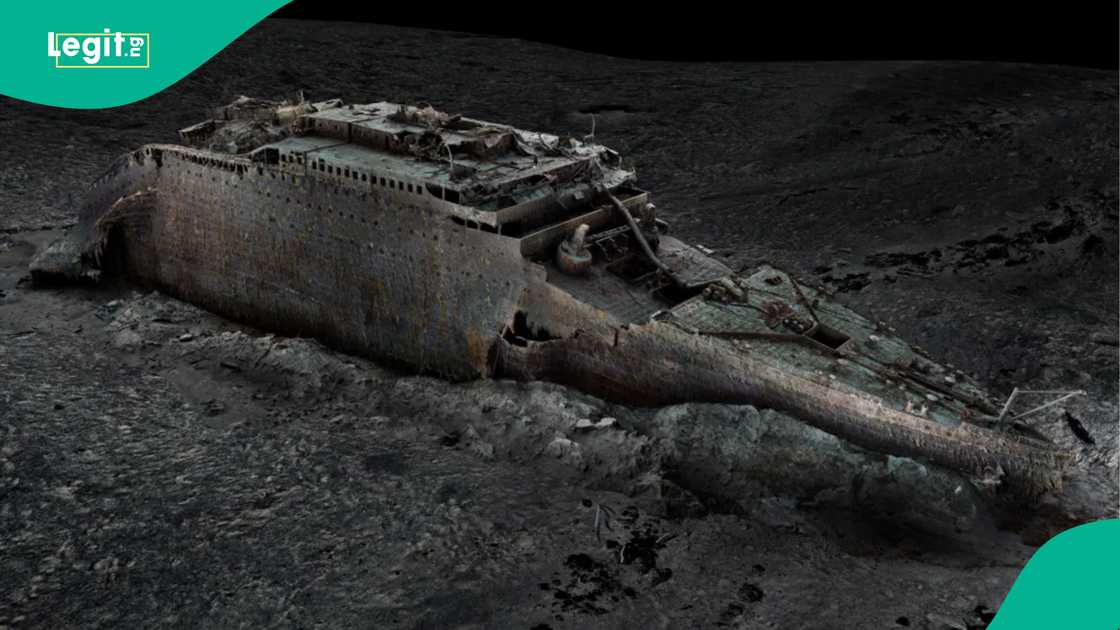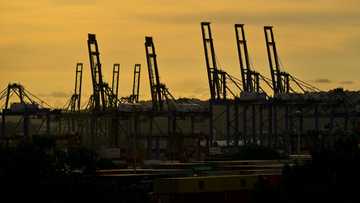New Digital Scan of Titanic Ship Sheds Light on What Happened in Atlantic Ocean 113 Years Ago
- Analysts enthusiastic about the Titanic embarked on a new study to reveal in fuller details what happened on the day it sank
- The RMS Titanic was a British ocean liner that sank in the early hours of April 15, 1912, but scientists are still studying its wreckage
- 113 years after the ship sank and took the lives of 1500 people, a new digital scan has offered more insights about how it sank
Scientists have provided more insights into what led to the sinking of the Titanic.
Using modern methods such as digital analysis and computer simulations, experts say they now have more details as to how the ship floundered.

Source: UGC
The RMS Titanic was a British ocean liner that sank in the early hours of April 15, 1912, taking the lives of 1500 people.
It was said to have struck an iceberg, which created gaping holes in its compartments.
New simulation shows Titanic's final moments in Atlantic Ocean
According to the scientists, the new study gives a detailed structural model of the ship.
This was created from Titanic's blueprints, and also offers newer information about its speed, direction and position at the time of the fatal incident.
From the new information obtained from the digital scan, scientists were able to predict the damage that was caused as it hit the iceberg.
Accordingly, they found that six holes were created by the iceberg across six compartments, making it impossible for the ship to survive and stay afloat once water kept entering it steadily.

Source: UGC
The research was led by Prof Jeom-Kee Paik, from University College London.
According to him:
"We used advanced numerical algorithms, computational modelling and supercomputing capabilities to reconstruct the Titanic sinking."
Electrcity was still on as the Titanic was sinking
Simon Benson, an associate lecturer in naval architecture at the University of Newcastle told the BBC that the sinking of the ship lies in the six holes created by the iceberg.
He said:
"The difference between Titanic sinking and not sinking are down to the fine margins of holes about the size of a piece of paper. But the problem is that those small holes are across a long length of the ship, so the flood water comes in slowly but surely into all of those holes, and then eventually the compartments are flooded over the top and the Titanic sinks."
The new study also provided information indicating that steam was still flowing into the electricity-generating system.
The engineers responsible for keeping this on were led by Joseph Bell. They were praised for making sure the electricity was still working even until the ship sank. This gave the crew light to see and to take life-saving actions.
Elon Musk's Starship explodes mid-air
Earlier, Legit.ng reported that Elon Musk's Starship exploded mid-air after taking off during the giant ship's 8th flight test on Thursday, March 6.
The Starship is aimed at taking humans to Mars and colonising it for human habitation, in line with Elon's mission.
The Starship, which had 33 Raptor engines, did not complete the test flight as it exploded mid-air, after nine minutes.
PAY ATTENTION: Сheck out news that is picked exactly for YOU ➡️ find the “Recommended for you” block on the home page and enjoy!
Source: Legit.ng





